Classification vs. Clustering
Pickl AI
MAY 10, 2023
Machine Learning is a subset of Artificial Intelligence and Computer Science that makes use of data and algorithms to imitate human learning and improving accuracy. Being an important component of Data Science, the use of statistical methods are crucial in training algorithms in order to make classification.

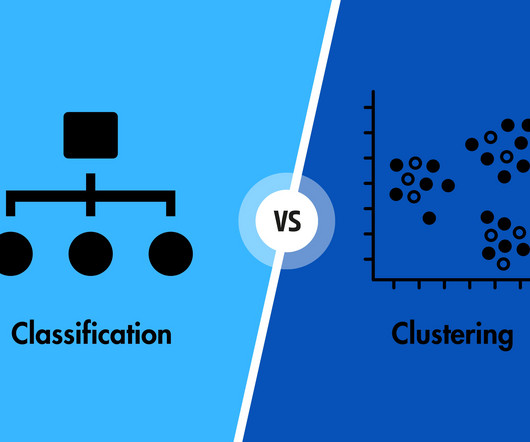
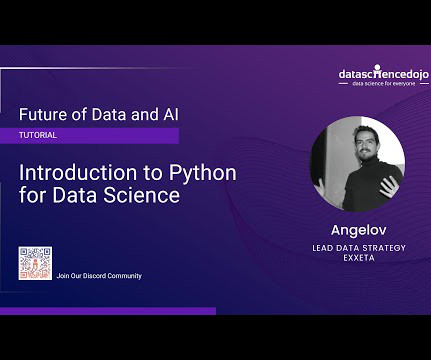






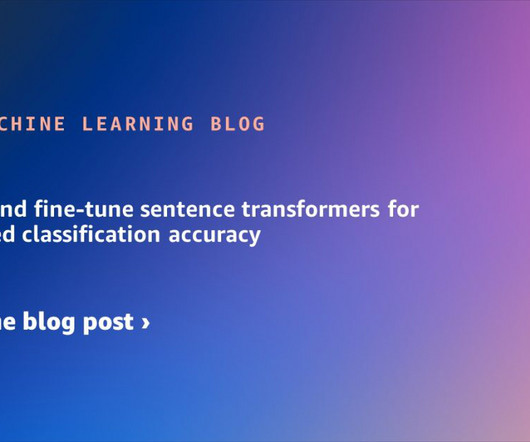
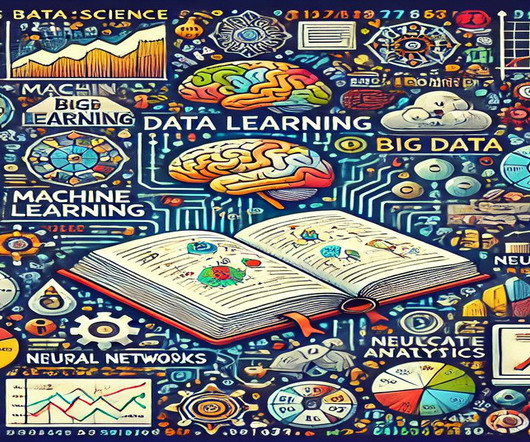





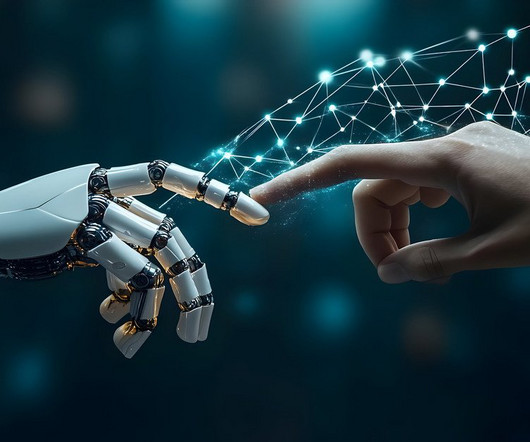







Let's personalize your content